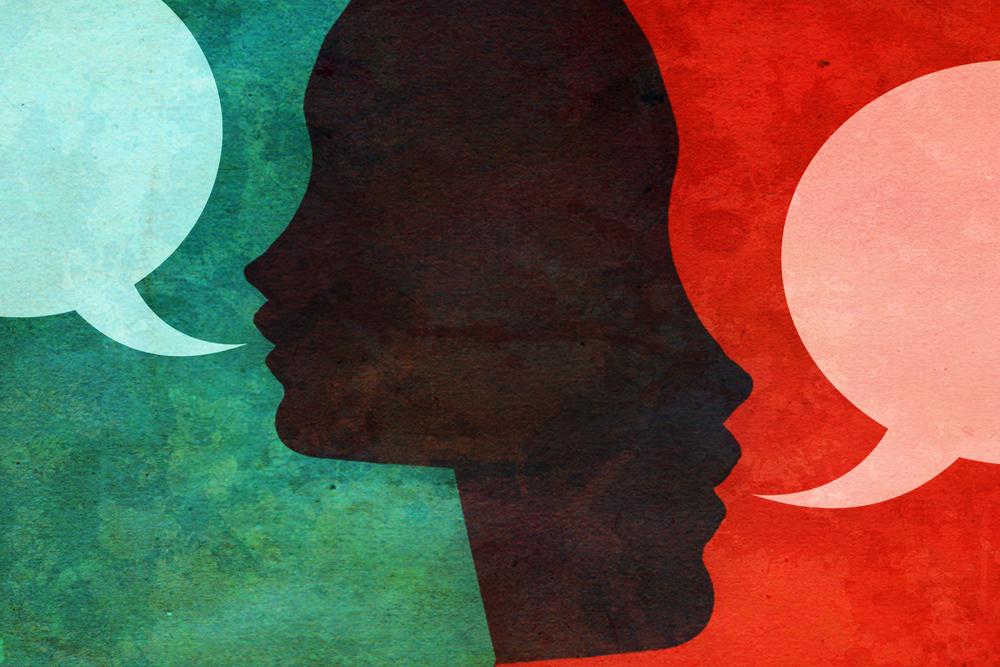The South China Sea hosts one of the world’s most important trade routes due to its proximity to China, Japan, Vietnam, Malaysia, and the Philippines, which are some of the world’s most dynamic economies. Roughly a third of global crude oil and half of global liquid natural gas trade pass through the South China Sea.
The region is also rich in fishing grounds and there are thought to be oil and gas deposits, making ownership of the area very desirable. Neighboring countries all lay claim to certain areas of the sea, many of which are overlapping.
Over time, claims over the disputed areas have become increasingly rigid, with China becoming increasingly brazen in attempting to enforce its claims. China has turned to military power to exert its presence in both the South and East China Sea, and has built structures to occupy disputed territory.
Several of the countries have responded by increasing their surveillance of the area. Vietnam and the Philippines have tried to resist China in several skirmishes. However, they are no match for China’s armed forces.
While disputes over the South China Sea areas are mainly for economic reasons, disputes between China and Japan over islands in the East China Sea are largely due to political reasons. Conflicting claims of ownership over the Diaoyu and Senkaku Islands have been made more difficult to settle due to strong feelings of nationalism on both sides. There have been several clashes between the two countries.
Recently, the Obama administration has established its position on the issue, and has started to focus efforts on the region. Should China attack either the Philippines or Japan, the United States is bound by treaty to defend against China.



